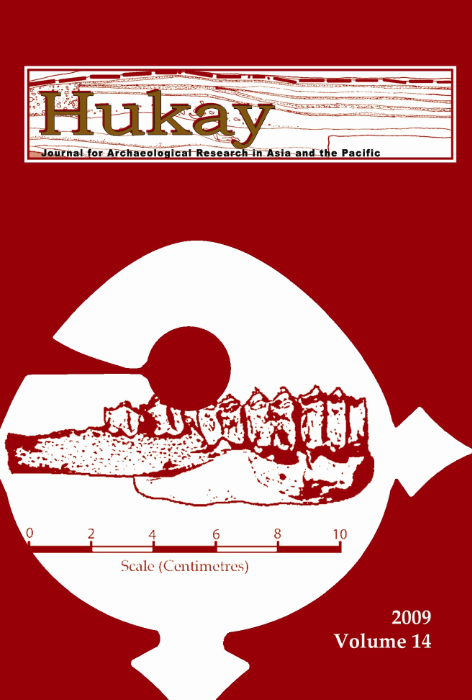A Study of the Animal Bone Recovered from Pits 9 and 10 at the Site of Nagsabaran in Northern Luzon, Philippines
Abstract
Excavations in 2004 at the site of Nagsabaran in northern Luzon produced a small but important animal bone assemblage dating to the Neolithic and Metal Age periods of the region. Detailed zooarchaeological analysis of the bone fragments has demonstrated that during the Neolithic period human subsistence strategies focussed on the hunting of wild pigs and deer, supplemented by the rearing of domestic pigs and fishing. In the Metal Age, the immense shell middens attest to the importance of aquatic invertebrates in the diet, but human populations continue to hunt wild pigs and deer and raise domestic pigs as they did in the Neolithic period. The domestic dog is evident within the archaeological record from about 1,500 years ago.
How to Cite
PIPER, Philip J.; CAMPOS, Fredeliza Z.; HUNG, Hsiao-chun.
A Study of the Animal Bone Recovered from Pits 9 and 10 at the Site of Nagsabaran in Northern Luzon, Philippines.
Hukay, [S.l.], v. 14, mar. 2014.
ISSN 0119-173X. Available at: <https://journals.upd.edu.ph/index.php/asp/article/view/4119>. Date accessed: 18 sep. 2025.
Issue
Section
Articles



